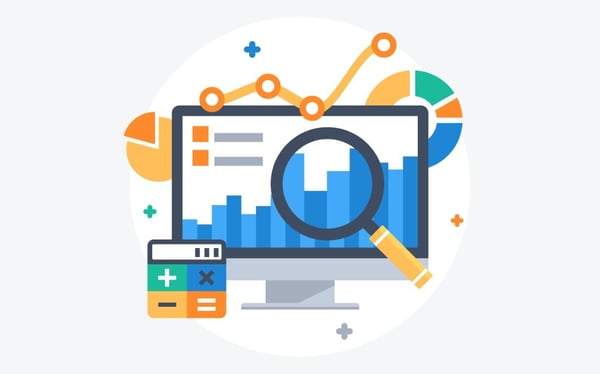News Alert: New ePCR Integration Simplifies EMS Data Management and Enables Better Care Coordination
Aggregating COVID-19 Data for a More Holistic View of the Pandemic
(3 min read) In March 2021, Greg Howard, Director of National Interoperability Sales at ZOLL Medical Corporation, and Mario Sanchez, Product Manager at ZOLL Data Systems, presented a webinar on the value of aggregating COVID-19 data between emergency medical services (EMS) providers and hospitals to achieve a holistic view of the pandemic in a particular geographic location
Was this information valuable?

(3 min read) In March 2021, Greg Howard, Director of National Interoperability Sales at ZOLL Medical Corporation, and Mario Sanchez, Product Manager at ZOLL Data Systems, presented a webinar on the value of aggregating COVID-19 data between emergency medical services (EMS) providers and hospitals to achieve a holistic view of the pandemic in a particular geographic location. The webinar covered the use of multiple data sources including computer-aided dispatch (CAD), electronic patient care reports (ePCR), and hospital or health system outcome data to:
- Evaluate COVID-19 impact on EMS.
- Make better-informed decisions around COVID-19 related activities.
- Identify areas of opportunity to improve efficiency in serving suspected COVID-19 patients.

While aggregating data from multiple sources provides a more complete picture of COVID-19 patients in a particular community, it also highlights specific data that can be more meaningful for particular users involved in the patient care continuum. For example, at ZOLL Data Systems we get asked by hospital leaders about the rights regarding hospitals providing patient data access to EMS providers. This webinar outlines not only these rights under the Health Insurance Portability and Accountability Act (HIPAA), but how it is becoming a requirement in some states to effect EMS quality improvement (QI) programs.
COVID-19 has made significant impact across the spectrum in healthcare, from clinical to financial, and operational to workforce management. Aggregating data from multiple sources enables new levels of reporting. With this data EMS providers can, for example, see trends in:
- The number of COVID patients transported by month
- Where these patients are being transported from
- Hospital admission by time of day by ePCR and/or by International Statistical Classification of Diseases and Related Health Problems (ICD-10)
- Presenting symptomology
- Acuity by CMS classification
- How long it takes an ambulance to get back into service following the transport of a suspected COVID patient compared with non-COVID cases
- Length of hospital stay
- Admission by age, etc.
Aggregated data can also be useful in contact tracing, for example, by identifying which EMS provider transported the infectious patient. Pulling together data from multiple sources also allows the creation of robust dashboards that enable the visualization of geographic hot spots, which can impact resource allocation and community intervention.
Using ePCR solutions with HIPAA-compliant data security is just one of the ways to enable dynamic patient care records that tell the complete story of a patient. Leading ePCR solutions, such as ZOLL emsCharts,® also provide analytics and customized dashboards with real-time data feeds and unlimited user-defined reports. To learn more about how data aggregation improves COVID-19 understanding and decision-making and to hear about valuable action strategies, watch the webinar "Tracking EMS COVID-19 Exposures Using HL7 Data”.
Read More About Analyzing COVID-19 Data
COVID-19 Workforce Impacts and Data Collection: A Study in Collaboration
Related Posts
How STAT MedEvac Connected Device, Software, and Data Technology To Enhance QA and Elevate Care
Podcast: 4 Ways ePCR Software Can Relieve EMS’ Biggest Headaches
ZOLL Pulse Blog
Subscribe to our blog and receive quality content that makes your job as an EMS & fire, hospital, or AR professional easier.
ZOLL Pulse Blog
Subscribe to our blog and receive quality content that makes your job as an EMS, fire, hospital, or AR professional easier.




